School History Trips To The Somme Battlefields
A school history trip to the Somme battlefields, trenches and memorials will deepen your students’ understanding of the sacrifices of WWI.
Highlights
The imposing Thiepval Memorial
Displays of life in the trenches at the 1916 Museum, Albert
The enormous 300ft Lochnager Crater
The trenches at Beaumont Hamel
North Berwick High SchoolOur top three excursions were to Parc Astérix, Beaumont Hamel and the Musée Somme 1916. The students found Tyne Cot and Beaumont Hamel the most inspiring.
Suggested itinerary
What's included*
*Please note, entrance fees where applicable are not included in typical price – contact us for more details
Recommended excursions
The names of 73,357 British and South African Men are inscribed here at Thiepval, the largest war memorial in the world. Having fallen on the Somme between July 1916 and March 1918, the soldiers have no known graves. Extensive wartime tunnelling beneath this structure on the Western Front has meant that 6m thick foundations were required. There is also an informative visitor centre.
The village was one of the fortress holds situated behind the German lines on the first of July 1916. The attack by the Newfoundland Regiment on this day is commemorated in the Newfoundland Park along with preserved trenches and a striking Caribou memorial, the regiment’s emblem. There were only 68 survivors making this one of the bloodiest battles of The Somme.
Many craters on the Western Front have been filled in for farming purposes, but this one was saved in 1978 to preserve the original site. 90ft deep and 300ft across, it was made on the first of July, 1917 when 26.8 tonnes of ammonal explosive tore through the earth. A remembrance service is held every year on the first of July at exactly 07.28 when the mine exploded.
This is a Somme battlefield memorial to the men of the 36th Division who suffered horrendous losses on the first of July 1916. The Ulster Tower is a replica of St Helen’s Tower, which sits in the grounds of the Clandeboye Estate in Northern Ireland where much of the division trained. Photo © Eoghan Olionnain.
These well-preserved woods have visible trench remains and a moving memorial to the South Africans who fell in World War I. Also known as ‘Devil Woods’, the battle here was particularly horrific as soldiers fought hand to hand, holding on through heavy German attacks reaching 400 shells a minute. Around two thirds of the 5,493 burials here are unidentified. Photo © Kurtis Gardner.
This small village lies on the top of the ridge that formed the centre of the British sector of the Somme battlefield. It’s elevated locale made it strategically critical to both the allies and Germans and it was completely destroyed in the Battle Of Pozières (1916). The village was rebuilt with a number of significant war memorials in commemoration. Photo © Through These Lines.
The network of tunnels under this town was used as shelter in World War I and II and is now home to the 1916 Museum. Descend into the tunnels where dioramas and photographs depict life for soldiers in the trenches. Many relics such as uniforms, weaponry and personal souvenirs are on display, and groups can have the opportunity to handle these by pre-arrangement.
This is a fascinating museum of WWI history housed in a château admired for its architectural excellence. World War I is documented by comparing the three main protagonists, France, The British Empire and Germany, through the lives of soldiers, the weapons and defences, propaganda, those left behind and the aftermath and shortlived peace.
From November 1916, the British prepared the spring offensive of 1917. Their ingenious idea: New Zealand tunnelers would connect the city’s medieval chalk quarries to create a network of underground barracks that could house up to 24,000 soldiers. 20 meters below the cobblestones of Arras, visitors are immersed in the intimacy of the soldiers who were stationed underground just a few meters from the front line before rushing onto the battlefield on April 9, 1917, launching a surprise attack on the German positions. (Renovated in 2021). Photo © Chris O.
Dominated by the statue of Mother Canada, the National Vimy Commemorative Park honours the Canadian soldiers who lost their lives during WWI. The pitted landscape recalls the shower of shells that rained down on Vimy Ridge a hundred years ago. In the visitor centre, the exhibition plunges visitors into daily life during the Great War in the company of those who lived through it, through personal items, written accounts, military letters and sound immersions.
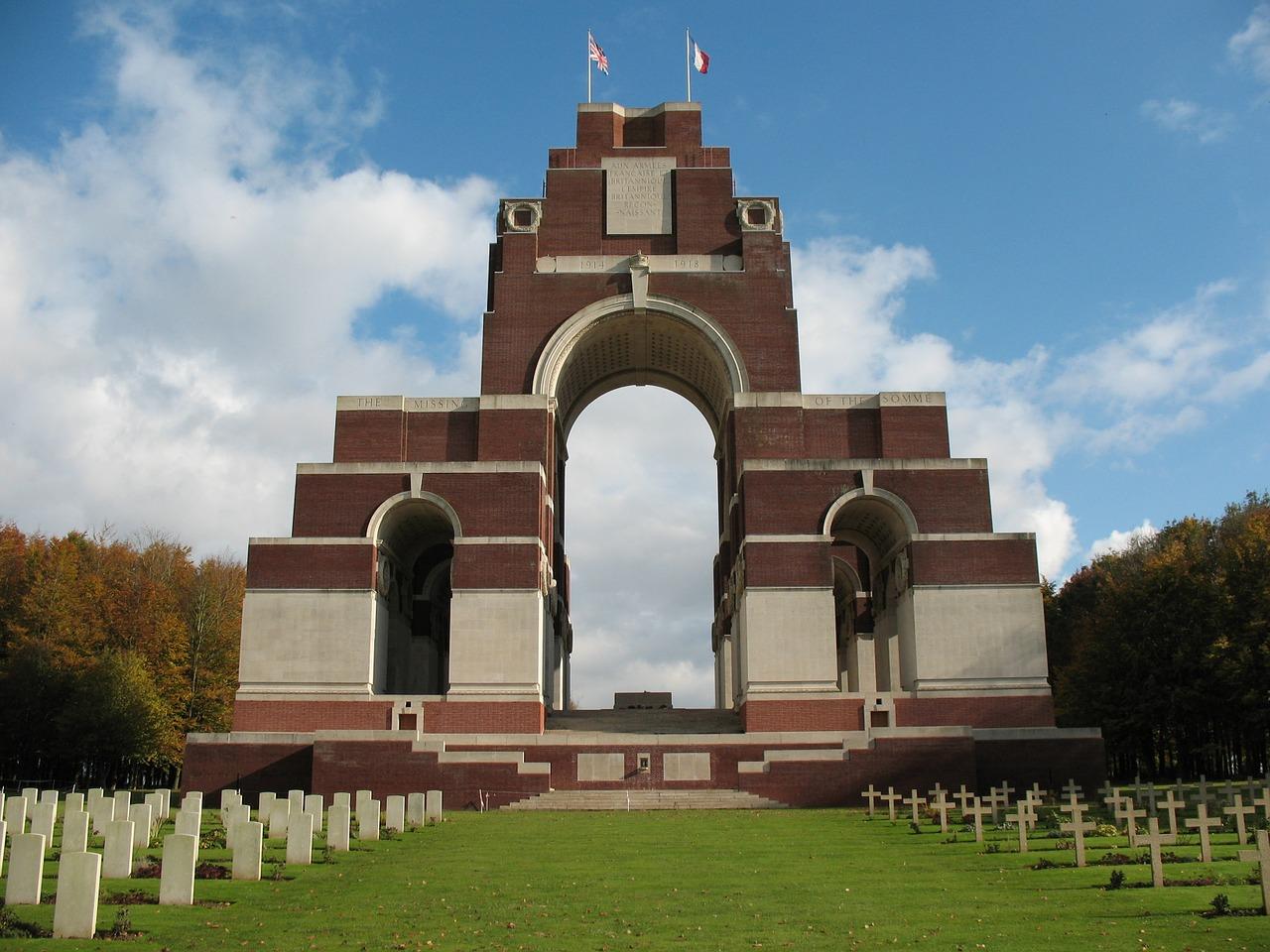
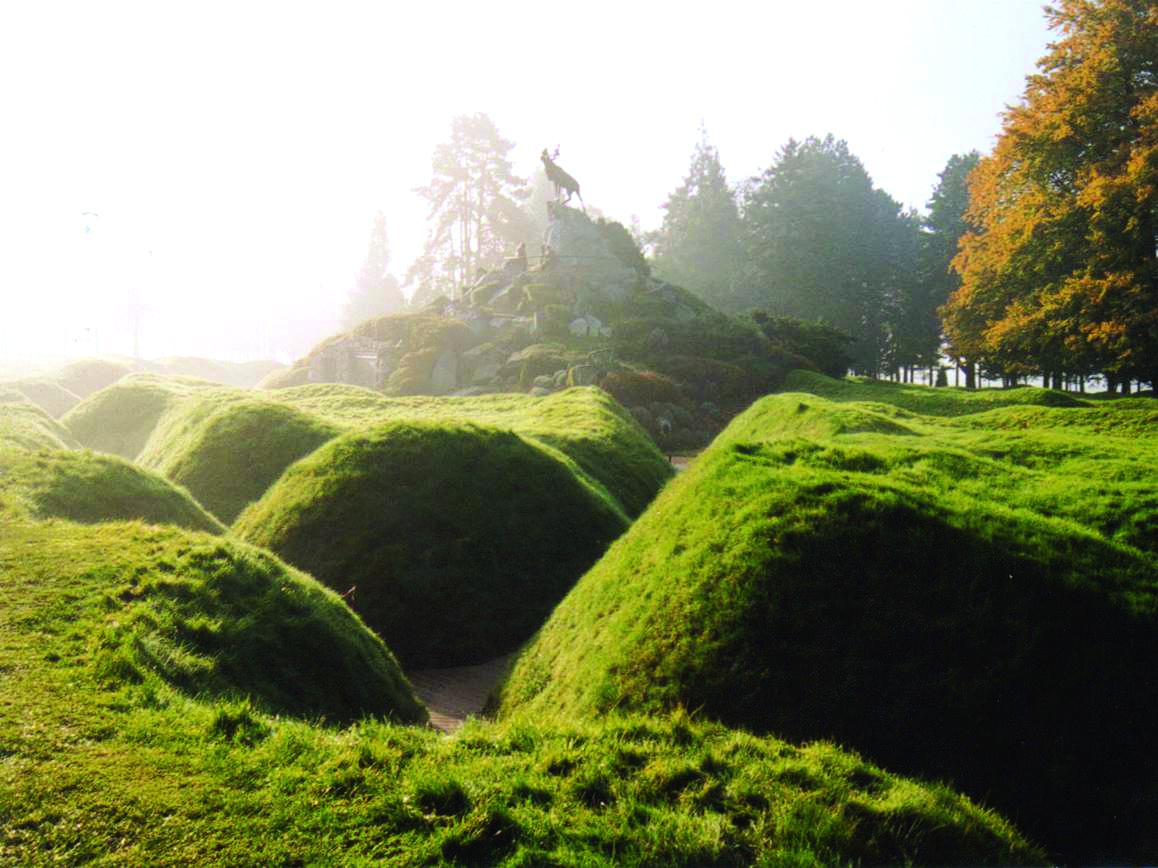
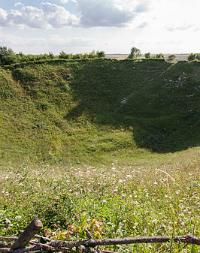
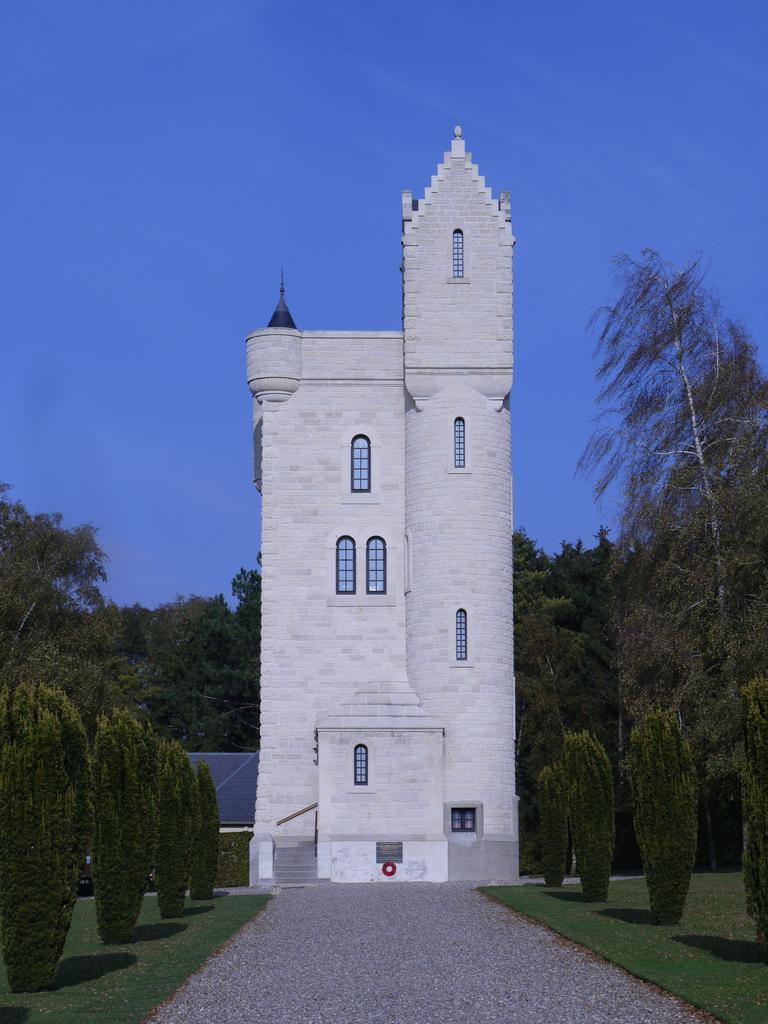
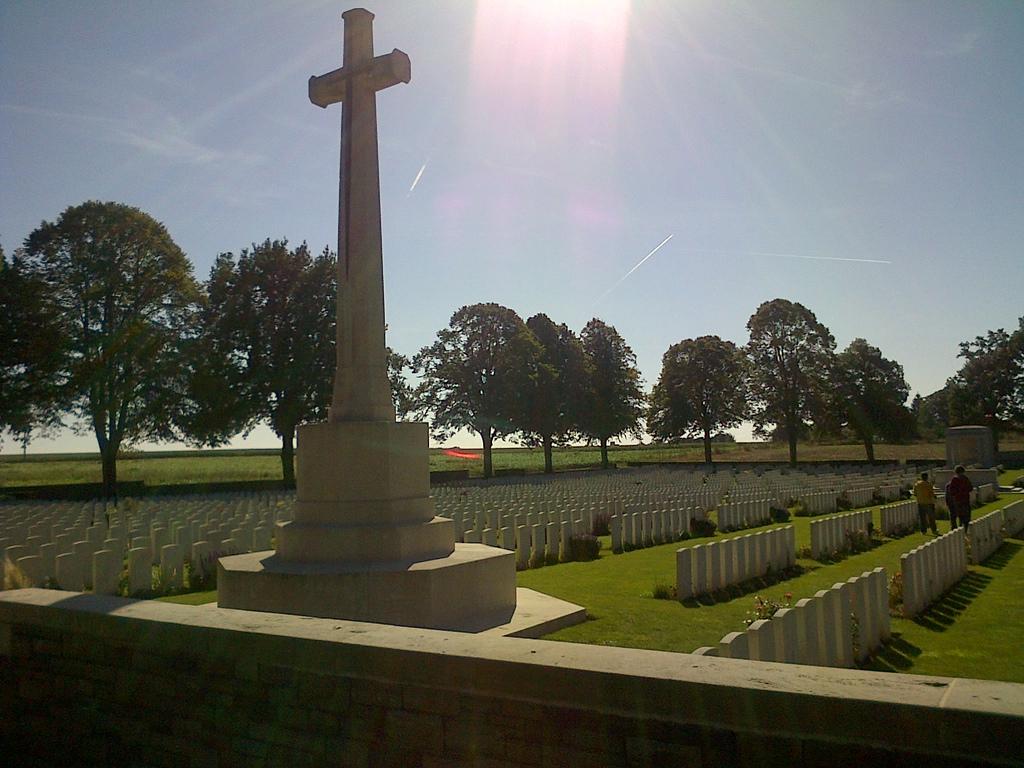
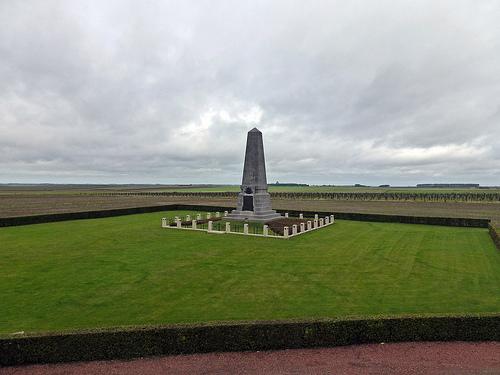
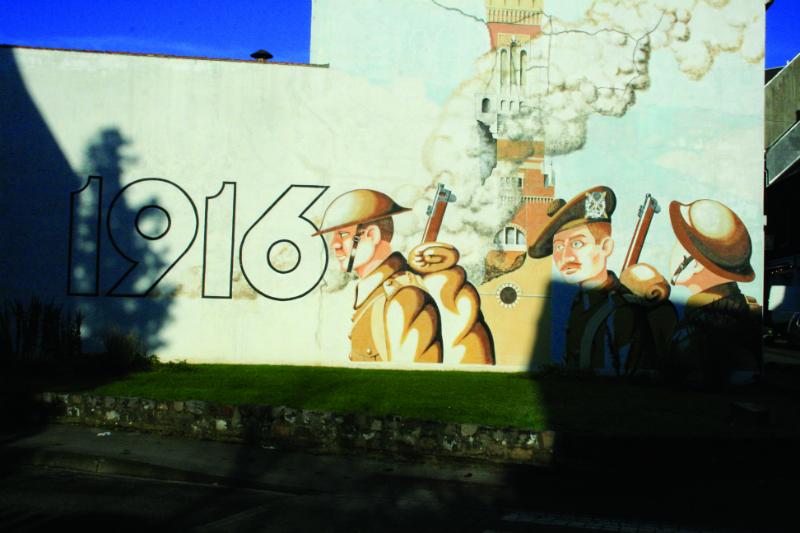
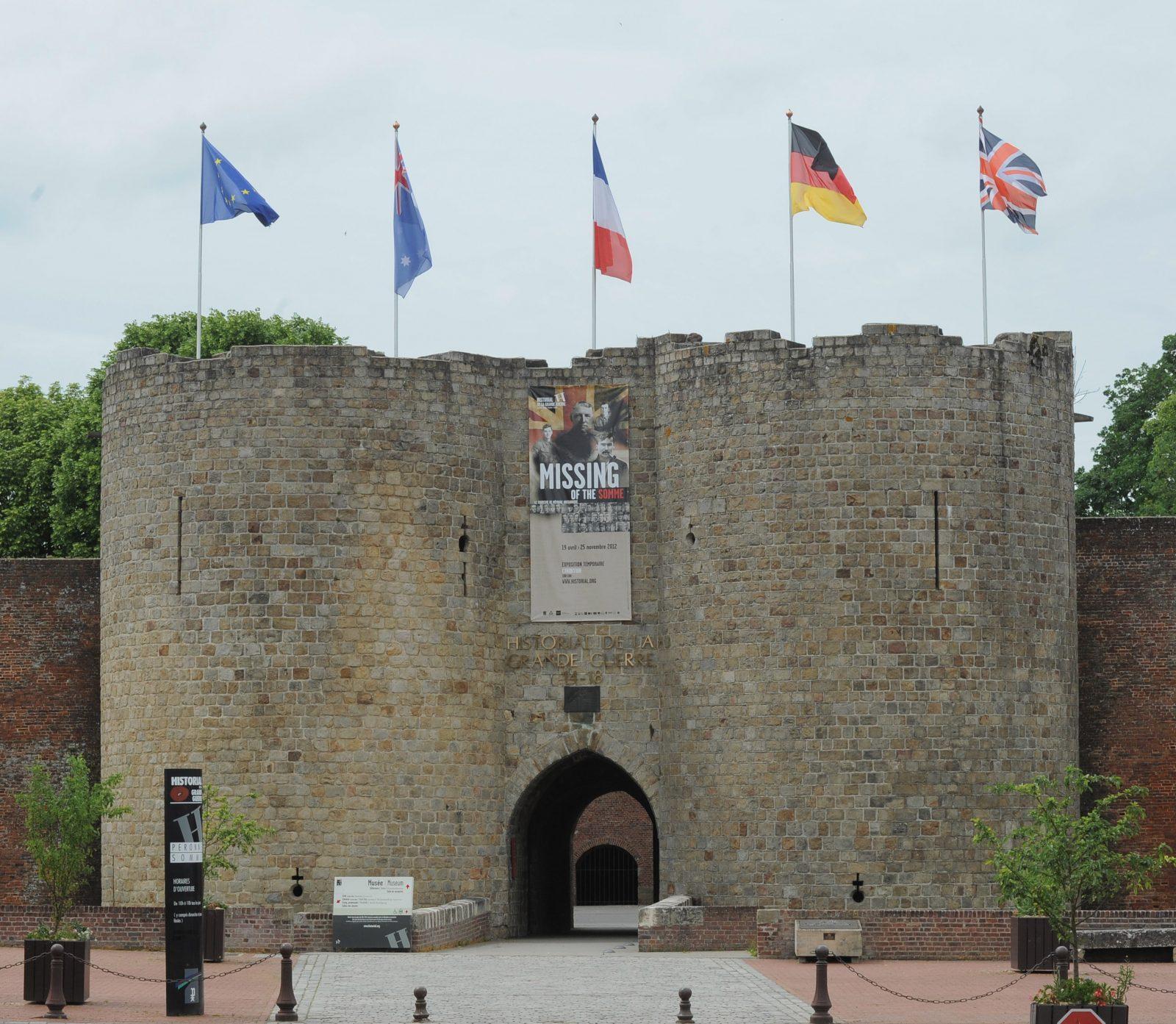
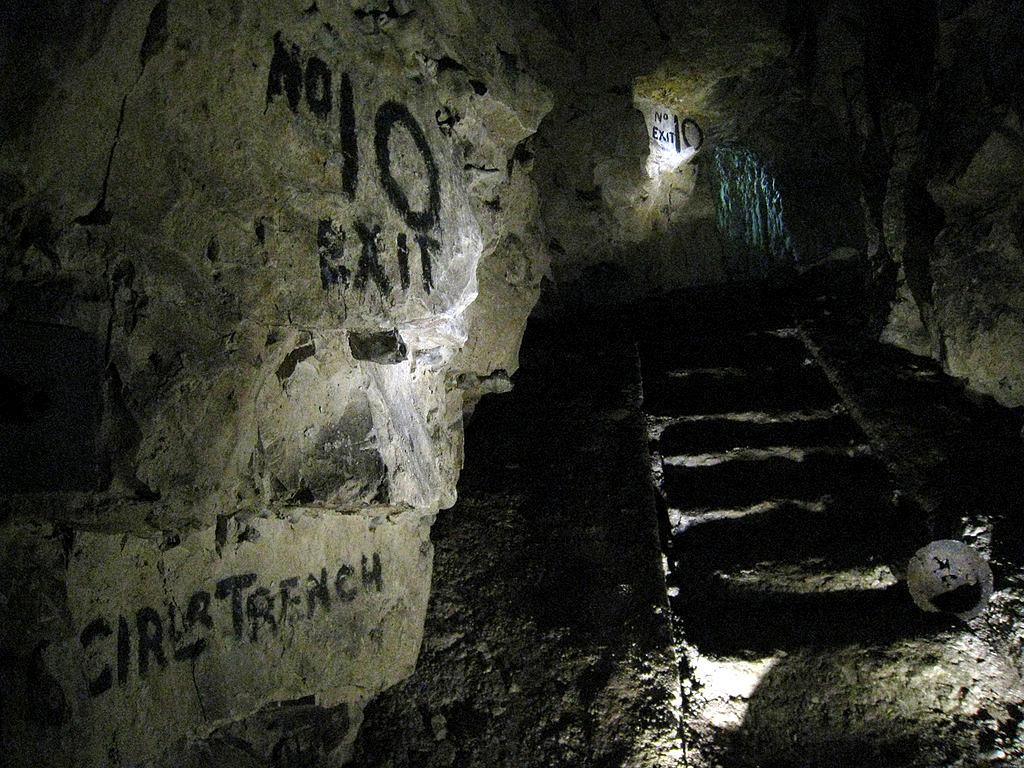
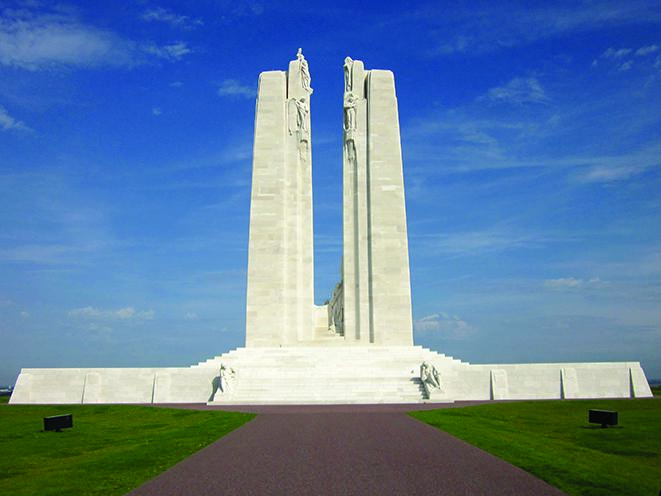
Typical accommodation
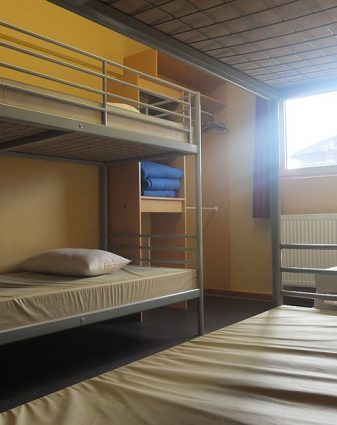
Why groups like it:
Facilities:
Learning outcomes
Subject focus
Students can:
- see the conditions endured by soldiers in World War I
- examine the effects of historical trends and events on ordinary people
- study the history of the region and its connections to Britain
- learn how people respond to traumatic events
- understand the influence of the Great War on later events
Student outcomes
Students will have had an opportunity to:
- understand the events and experiences of soldiers in World War I
- learn how societies come to terms with traumatic events
- understand the after-effects of the war
- gain a sense of the breadth of history
- explore conceptions of patriotism and citizenship and consider the quest for international peace
Related tours
Berlin has been at the centre of many key events in modern European History: WWII, The Cold War, the Fall of Communism and the reunification of Germany.
On a school History trip to Berlin, students can visit Berlin’s key historical sites that relate your teaching to subject-specific learning objectives such as WWII history and Cold War studies.
Your school History trip to Berlin will help your pupils develop an understanding of post-war Berlin and the context of the Cold War. They’ll get first-hand experience of the impact that the division of the city had and a deeper understanding of tensions that escalated between the East and West superpowers leading to the Cold War period.
Our excursions will touch upon historical concepts such as socialism, communism, ideology, propaganda and international conflict.
Connecting with history
With emblematic monuments such as the Berlin Wall Memorial, Checkpoint Charlie and the Tränenpalast, students can:
- analyse how heightened tensions between USSR and USA powers translated into physical boundaries
- explore how Berlin as a city encapsulates the antagonism between the communist and capitalist ideologies
- picture how this spatial division resonated within the divided German population and how this affected their lives
- give pupils perspective on concepts such as freedom of movement and fundamental liberties, and how these were challenged at the time
A personal perspective
A school History trip to Berlin will provide insights into how the German population lived during the Cold War. This will be explored interactively at the DDR Museum and Stasi Museum, with students:
- touching, holding and engaging with a range of objects and installations within the museum
- getting practical knowledge about the everyday life of the German population in the DDR and the realities of life under socialism
- understanding historical concepts such as continuity and change, similarities and differences
Take learning outside the classroom for your Key Stage 3 and 4 students and prepare them with critical analysis skills, practical case studies and real-life examples for their GCSEs.
With Travelbound, we can customise your trip to fit any learning requirements.


